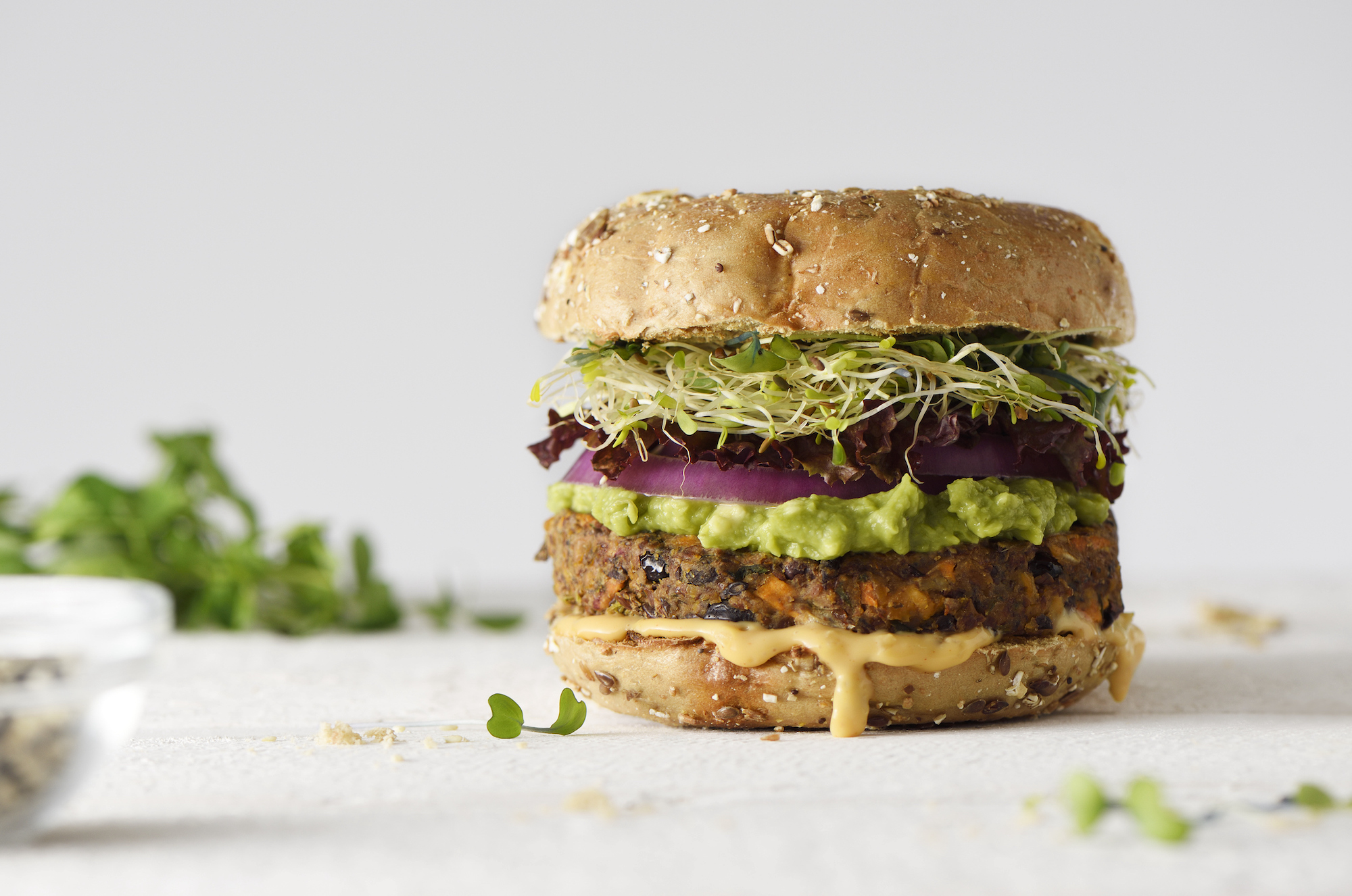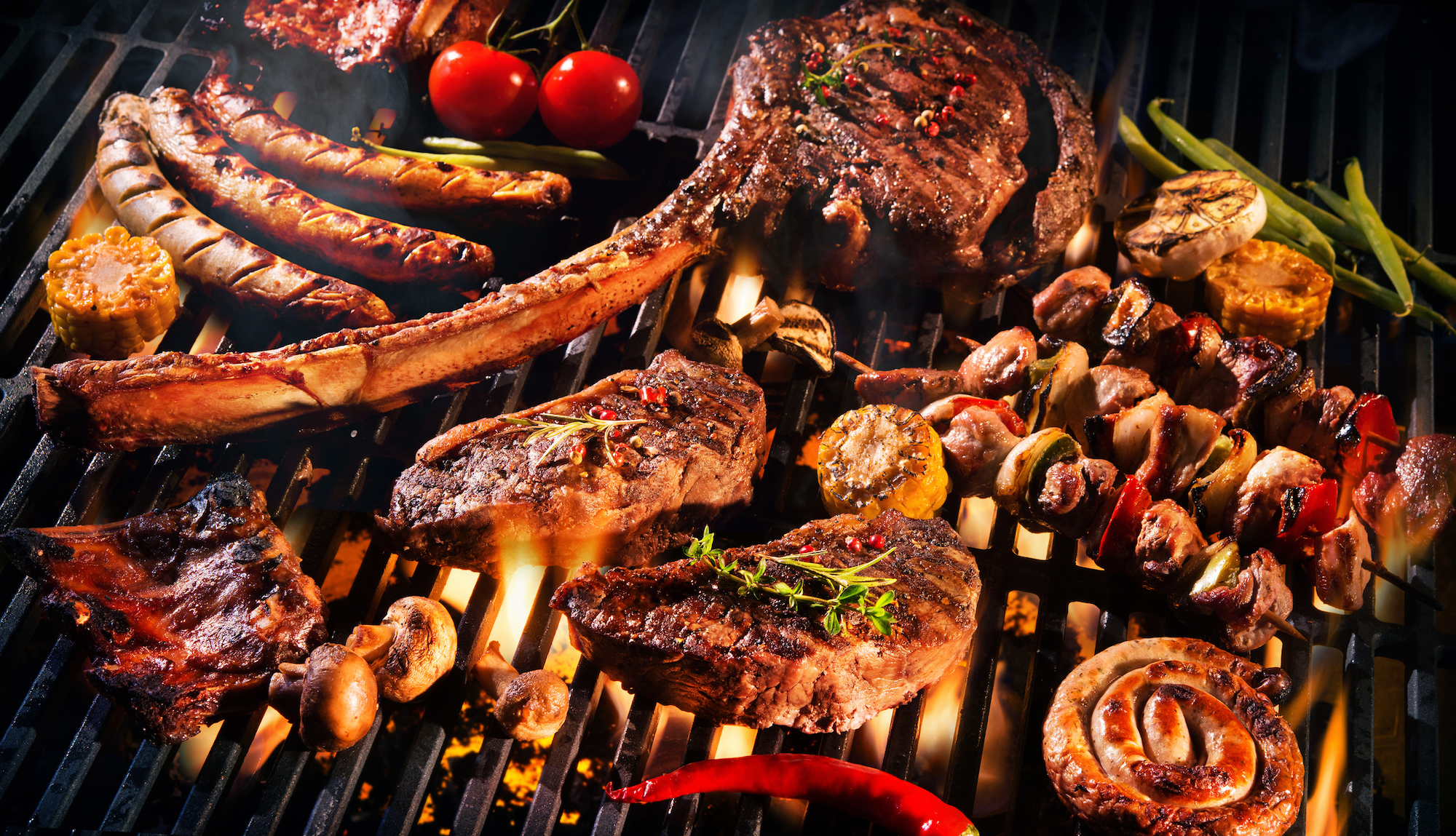
How public art can reinvigorate Australia’s landscape
New public artworks can again hold a mirror up for local communities that have changed in unexpected ways. They offer opportunity to celebrate differences and commonalities and reflect the lived experiences of communities navigating unprecedented change.





 Peter Clark is a PhD candidate at Griffith University and member of the
Peter Clark is a PhD candidate at Griffith University and member of the 
